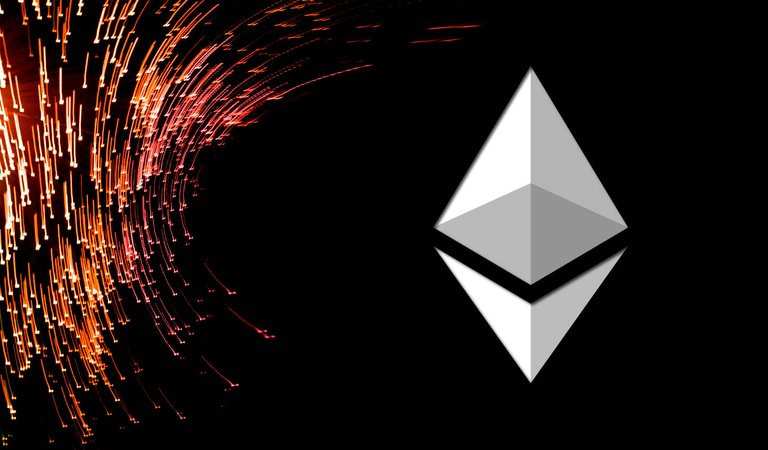
Ethereum is a decentralized, open-source blockchain platform that enables the creation of smart contracts and decentralized applications (dApps). It was founded in 2014 by Vitalik Buterin and has since become one of the largest blockchain networks in the world. Unlike Bitcoin, which is primarily a cryptocurrency, Ethereum is a platform for decentralized applications and allows developers to build their own decentralized applications on top of the Ethereum network.
Ethereum operates on a decentralized system, which means there is no central authority or central server. Instead, the Ethereum network is made up of a network of nodes that run the Ethereum software and maintain a copy of the Ethereum blockchain. Each node in the network has a copy of the entire blockchain, which allows for transparency and eliminates the need for a central authority.
The Ethereum network is powered by its own cryptocurrency, called Ether (ETH). Ether is used as a form of payment for transactions on the Ethereum network and is also used to pay for computational services within smart contracts. The computational services provided by Ethereum are known as “gas” and are used to process and execute smart contracts on the network.
Smart contracts are self-executing contracts with the terms of the agreement between buyer and seller being directly written into lines of code. When a user triggers a smart contract, the code is automatically executed and the terms of the agreement are automatically enforced. This allows for trustless, peer-to-peer transactions without the need for intermediaries like banks or lawyers.

One of the key features of Ethereum is its ability to create decentralized applications, or dApps. dApps are applications that run on a decentralized network and are not controlled by any central authority. This allows for censorship-resistant applications that are not subject to downtime or interference from central authorities.
Ethereum operates on a consensus mechanism called proof of work (PoW). PoW requires nodes in the network to perform a computational task, known as mining, to validate transactions and add them to the blockchain. This helps to secure the network and prevent malicious actors from executing fraudulent transactions. However, Ethereum is in the process of transitioning to a new consensus mechanism called proof of stake (PoS), which will require nodes to hold a certain amount of ETH in order to validate transactions and secure the network.
Another important aspect of Ethereum is its ability to create decentralized autonomous organizations (DAOs). A DAO is a decentralized, autonomous organization that is run by smart contracts and operates on the Ethereum network. DAOs allow for decentralized decision making and allow for the creation of organizations that are not controlled by any single individual or entity.
In conclusion, Ethereum is a decentralized, open-source blockchain platform that enables the creation of smart contracts and decentralized applications. It operates on a decentralized system and is powered by Ether, its own cryptocurrency. Ethereum allows for trustless, peer-to-peer transactions and is a platform for decentralized decision making through decentralized autonomous organizations. With its ability to create and execute smart contracts, Ethereum is a powerful tool for creating decentralized applications and has the potential to revolutionize the way we think about and use technology.
Posted Using LeoFinance Beta